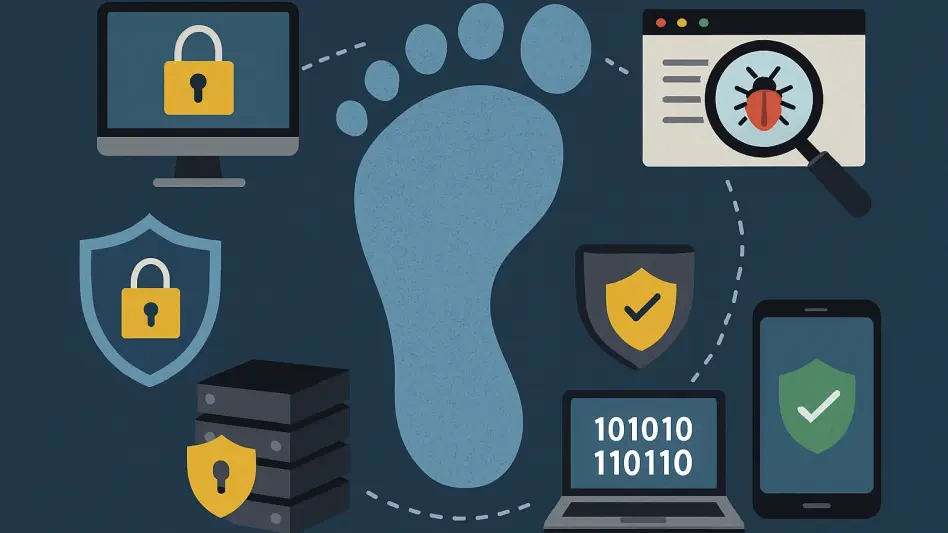In recent developments, cybersecurity experts have identified serious vulnerabilities in Cisco’s Identity Services Engine (ISE) and the ISE Passive Identity Connector (ISE-PIC), posing a significant threat to enterprise network security. The vulnerabilities, cataloged under CVE-2025-20281, CVE-2025-20282, and CVE-2025-20337, come with a perfect CVSS score of 10, marking them as critically severe. These flaws potentially allow unauthenticated remote attackers to execute arbitrary commands with root-level privileges, which presents a grave risk for organizations. Cisco’s ISE plays a pivotal role in managing network security, acting as a critical point wherein a failure could jeopardize an entire IT infrastructure. The discovery of these vulnerabilities has sounded alarms across the tech industry, emphasizing the urgent need for enterprises to bolster their cybersecurity defenses. Organizations face an unprecedented challenge of maintaining network integrity while addressing these potential threats.
The Nature and Implications of the Flaws
The vulnerabilities identified in Cisco ISE versions 3.3 and 3.4 highlight significant lapses in cybersecurity, mainly stemming from inadequate input validation in the associated APIs. In version 3.4, the issue is further exacerbated by the ability to upload arbitrary files. Such vulnerabilities can expose enterprise networks to severe threats, with the potential for attackers to gain total control over the network systems. This scenario poses immense risks, especially since the exploitation of such flaws could lead to unauthorized access and broader penetration into secured network areas. Brian McGahan from INE has characterized these vulnerabilities as a worst-case scenario, indicating the likelihood of attackers gaining unchecked access to sensitive data and manipulating critical infrastructure. The repercussions for businesses could be devastating, leading not only to data breaches but also to significant financial and reputational damage as attackers exploit these system weaknesses.
Proactive Measures and Future Considerations
The discovery of these vulnerabilities highlights the urgent necessity for strong training programs and thorough security measures within IT environments. It’s vital for companies to remain alert and ensure their cybersecurity teams are well-trained to identify and address threats swiftly. By implementing layered security protocols and performing regular system audits, potential vulnerabilities can be recognized and resolved before they become problematic. In addition, organizations must maintain current software and systems, applying updates and patches promptly once developers release them. As threats continue to change, having adaptable and resilient security frameworks is more important than ever. While Cisco ISE vulnerabilities pose significant risks, they also present an opportunity for businesses to strengthen their cybersecurity strategies. By taking a proactive approach, enterprises can better prepare to confront future challenges, ultimately protecting the integrity and security of their network infrastructures as they move forward.








